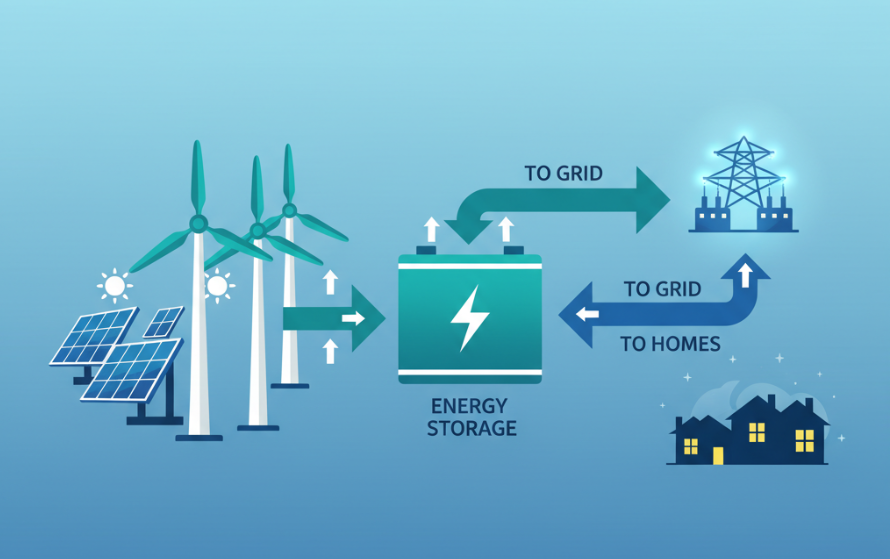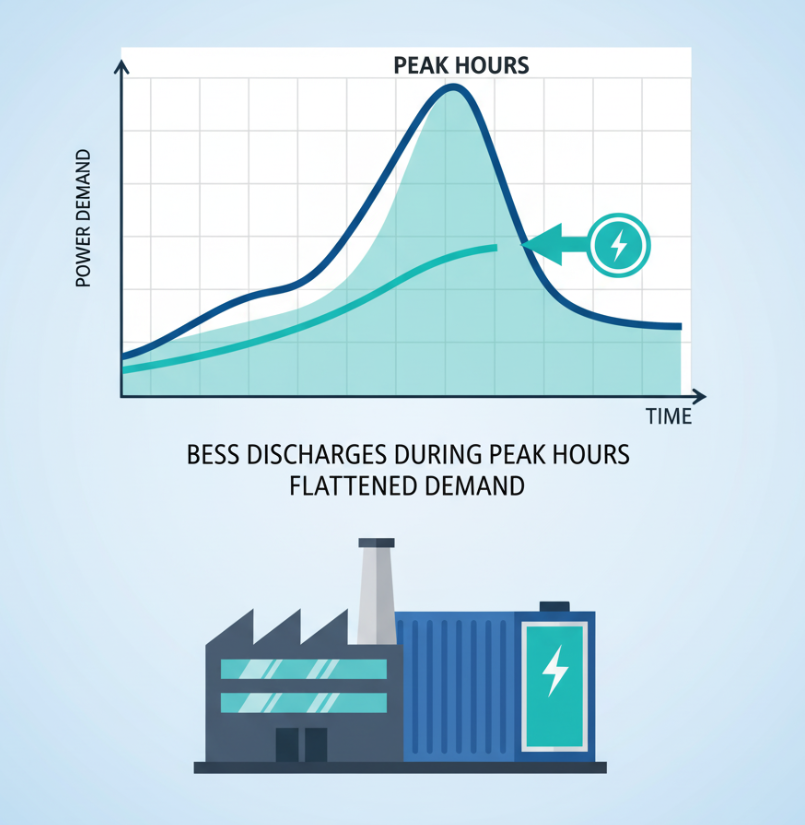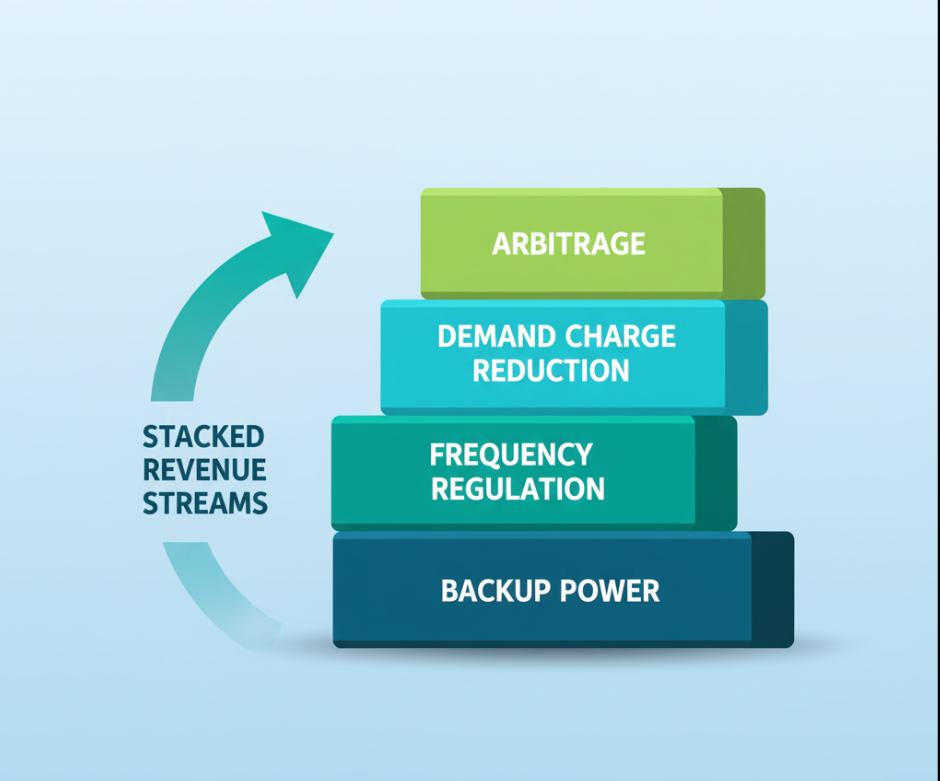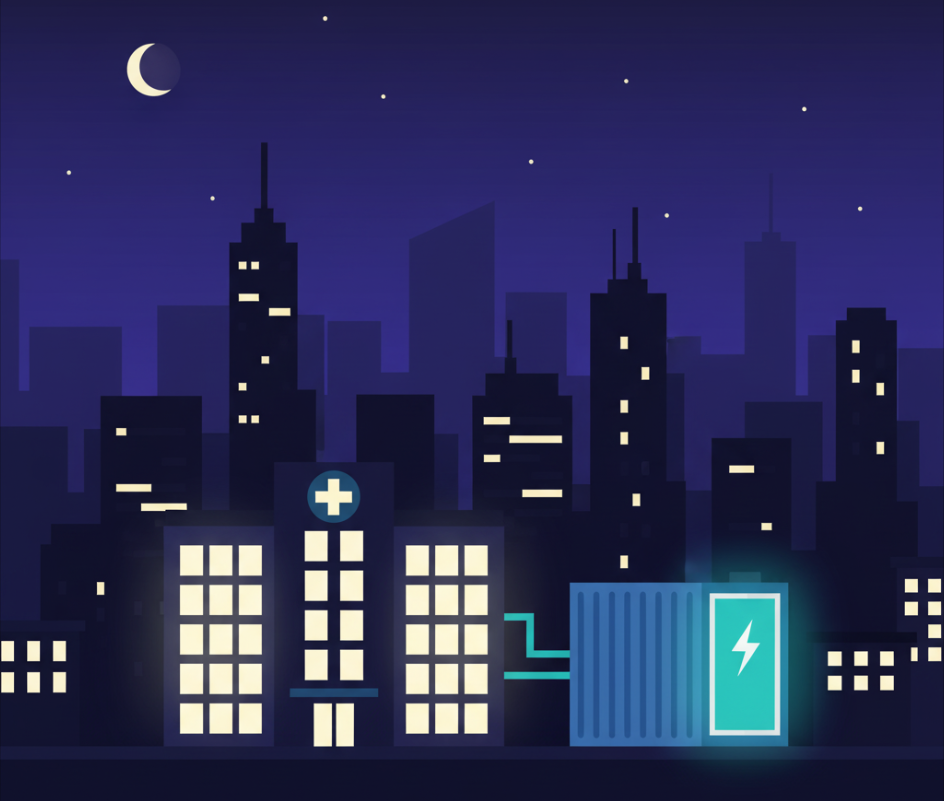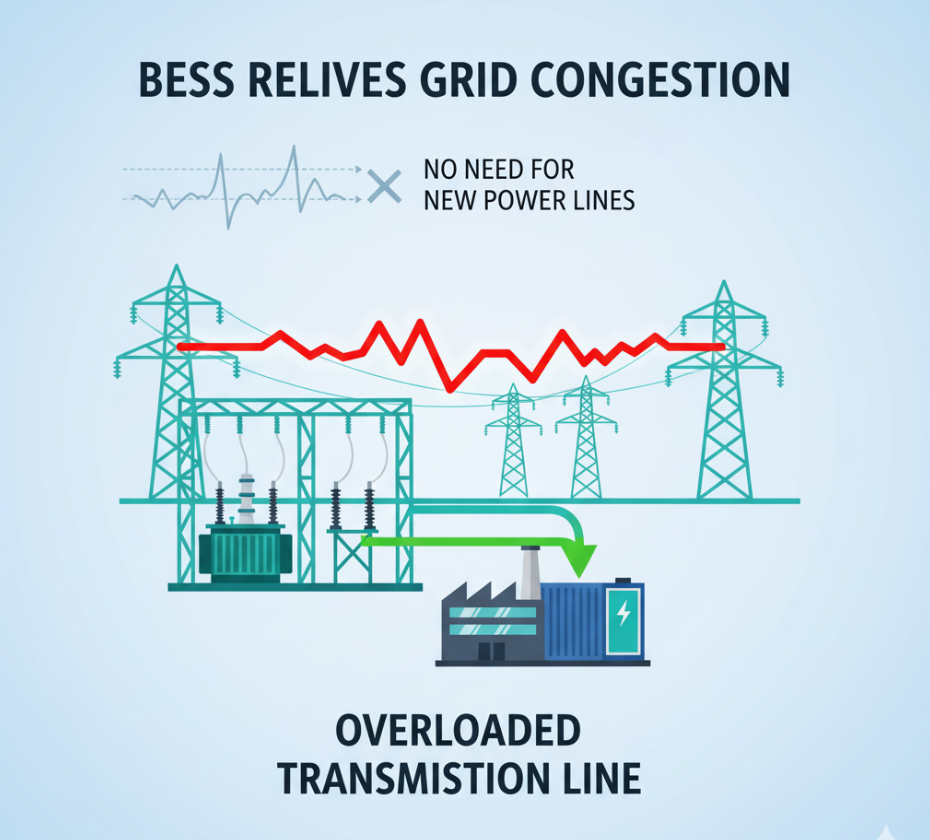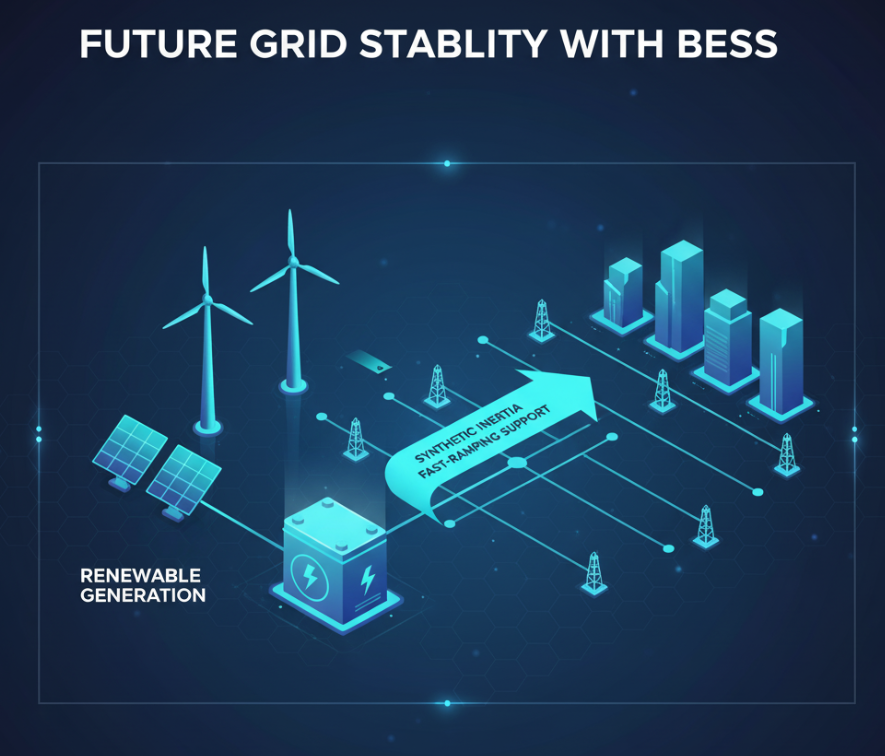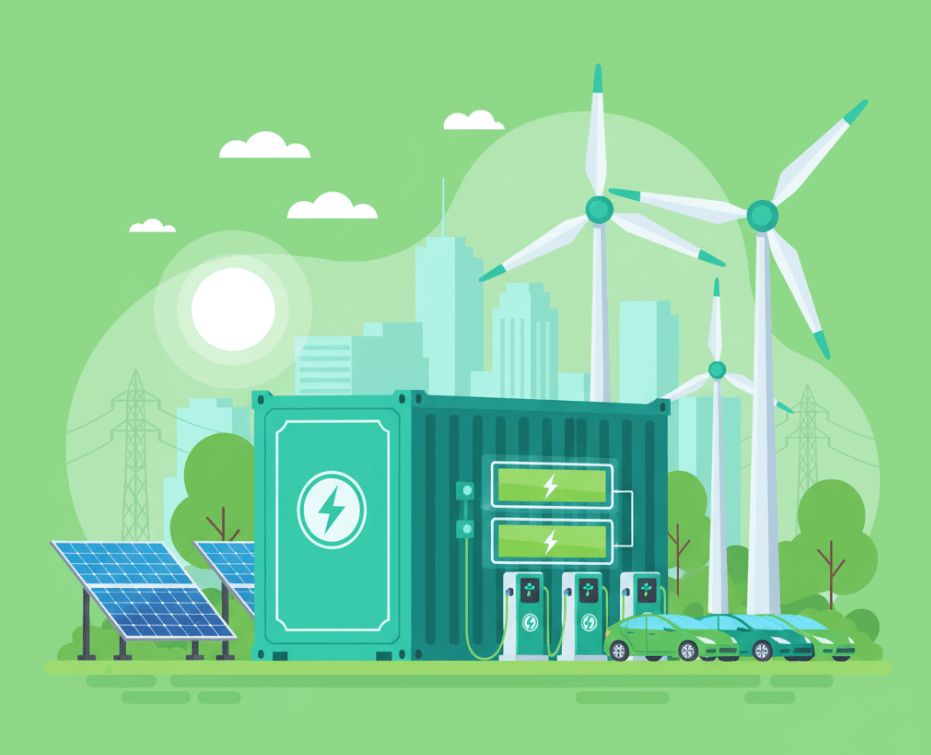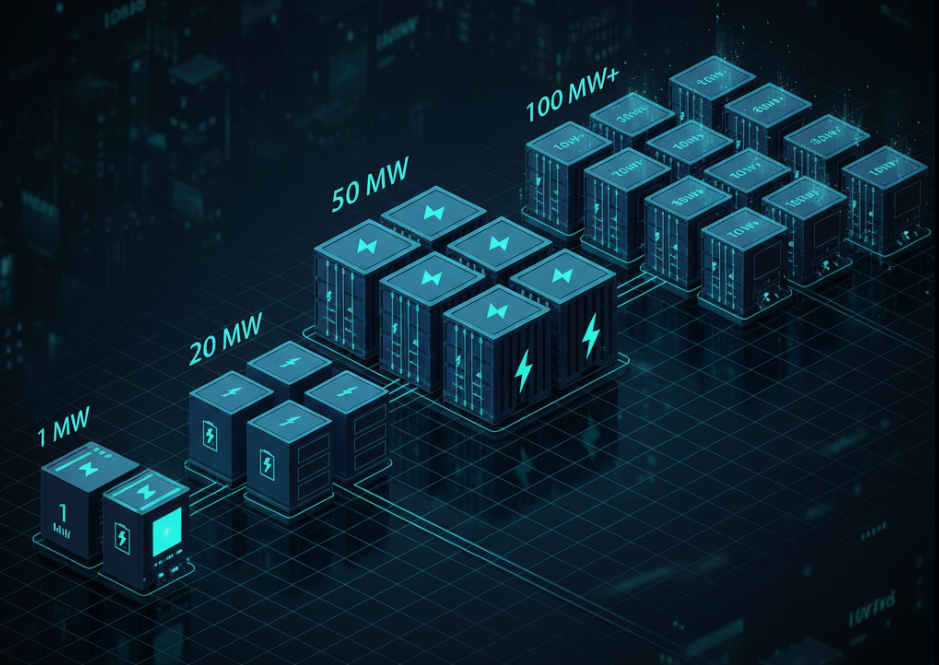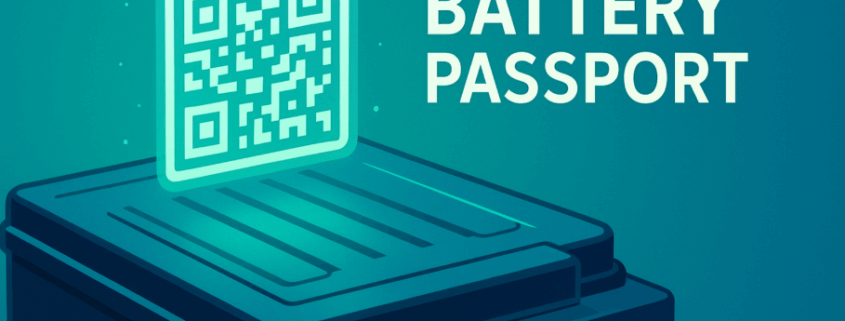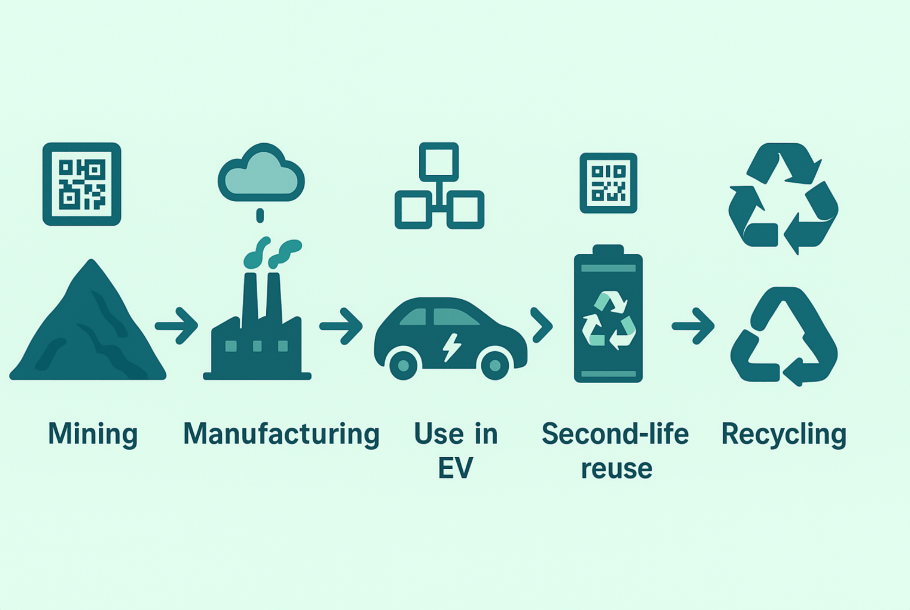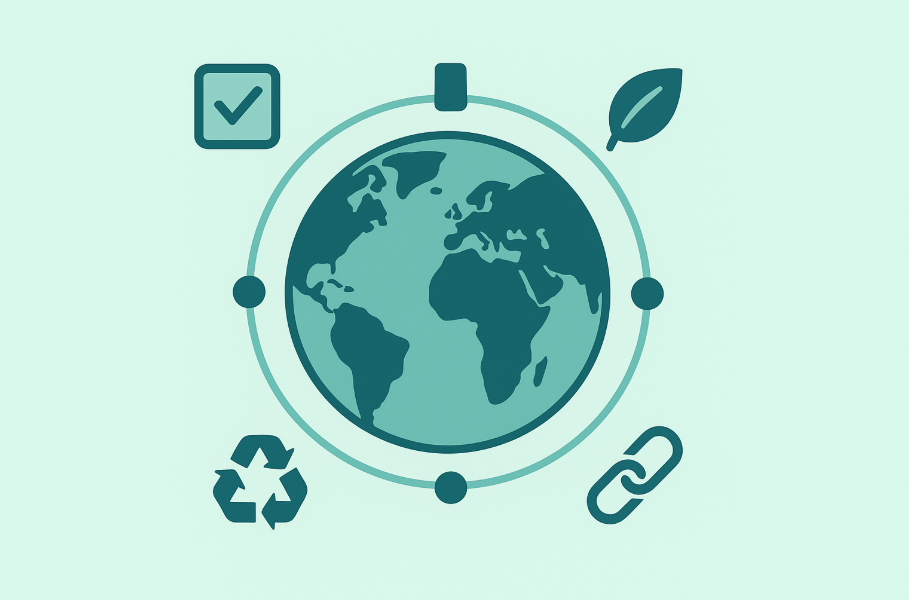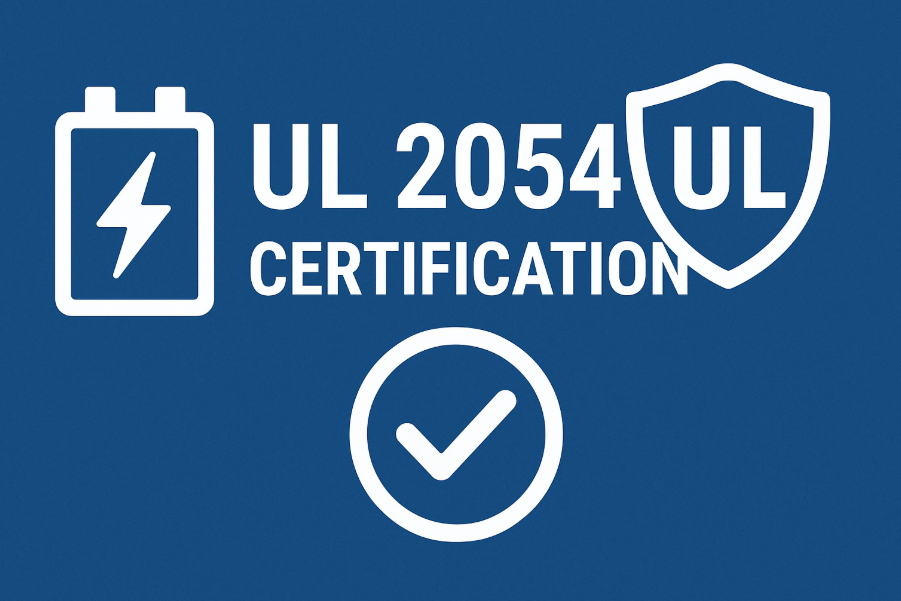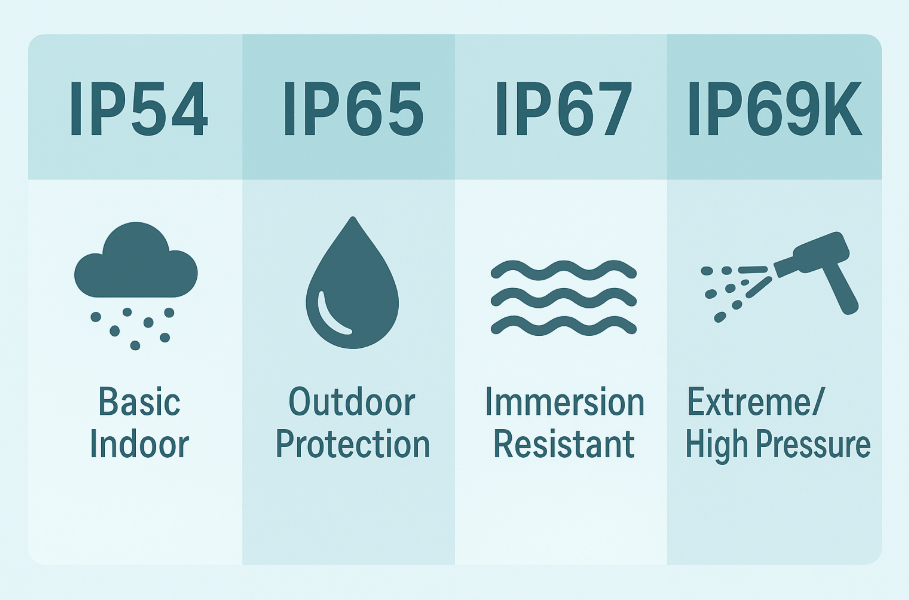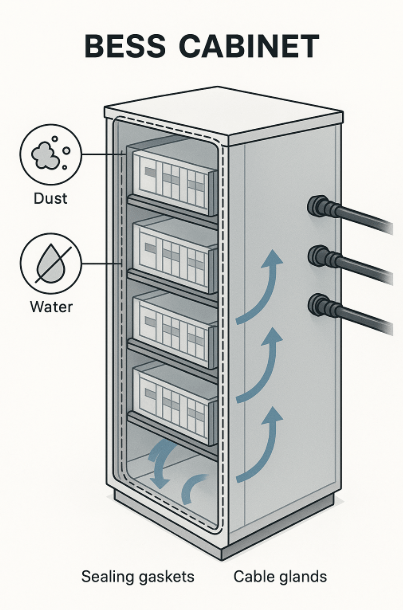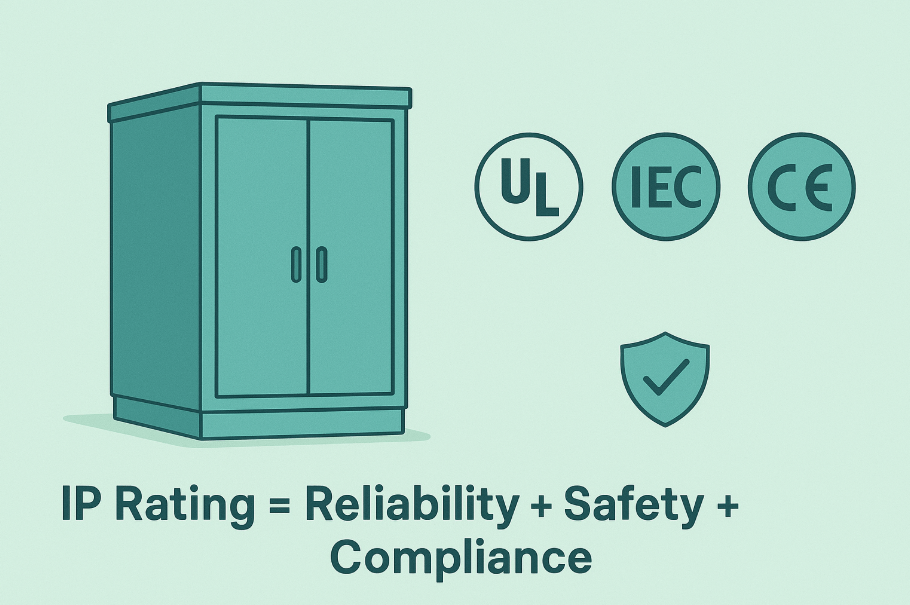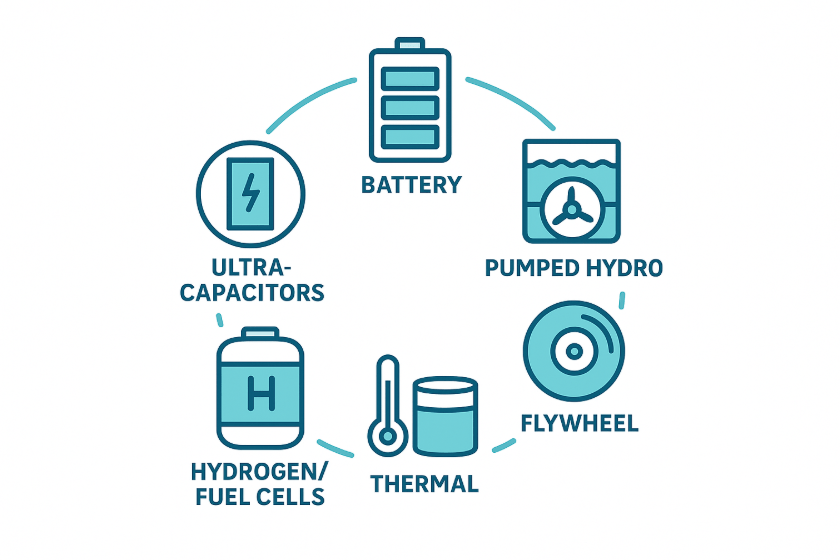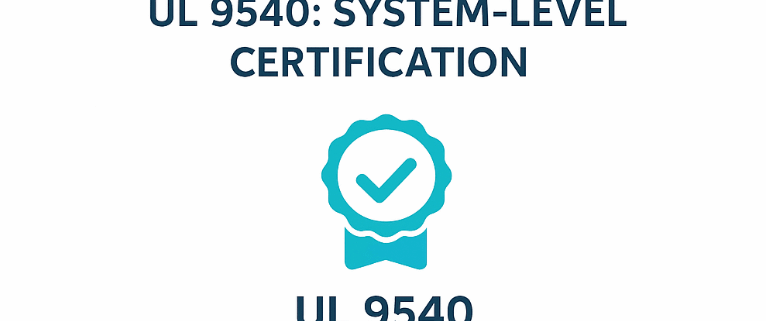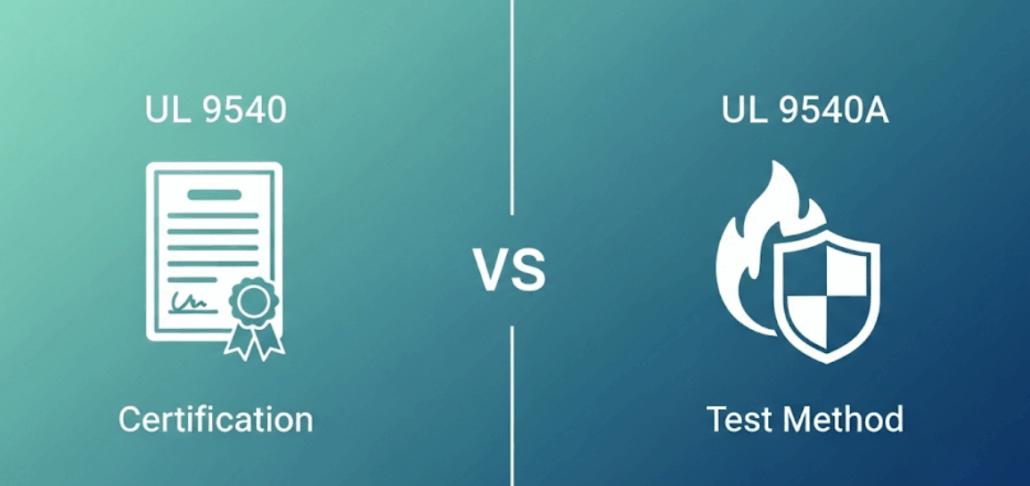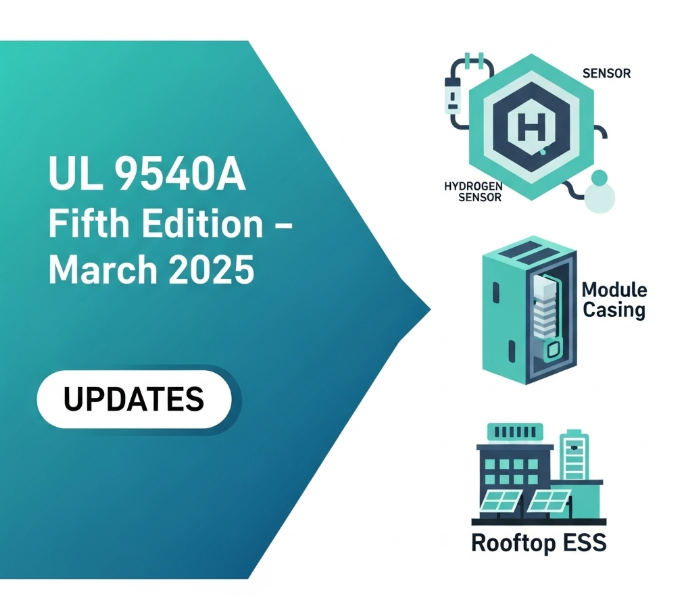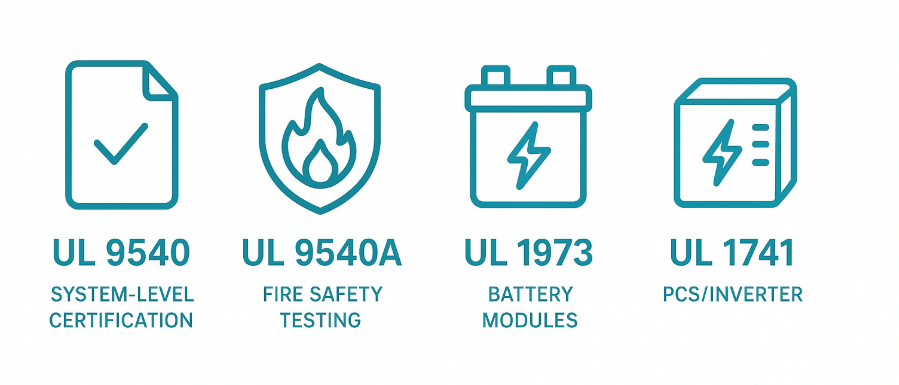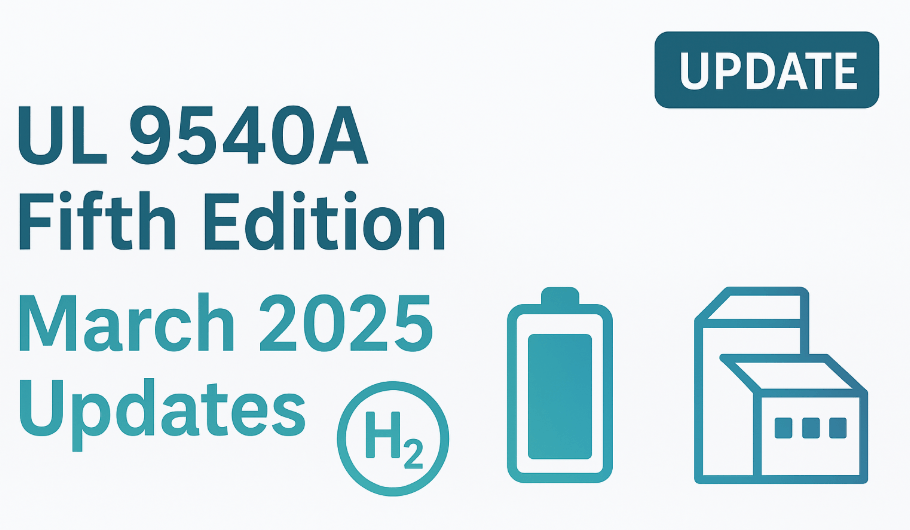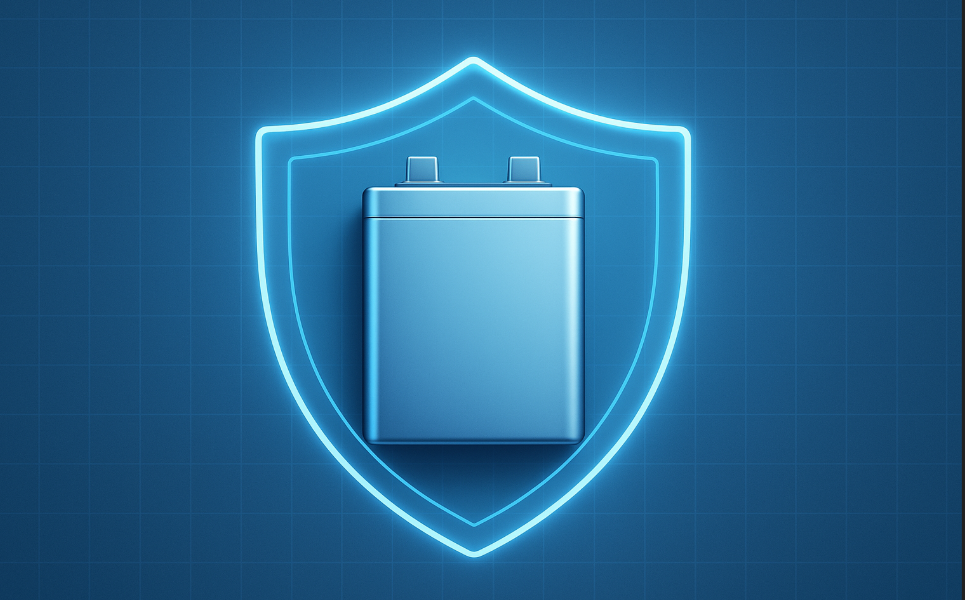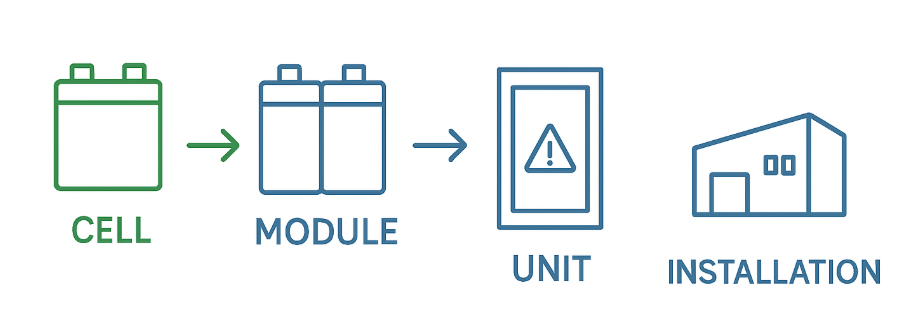Why EPC + Battery Integrator Partnerships Matter in the C&I Energy Sector
As commercial and industrial (C&I) energy projects evolve, the integration of solar and battery energy storage systems (BESS) has become the new standard for sustainability and cost efficiency. Engineering, Procurement, and Construction (EPC) companies are no longer just installers — they’re becoming orchestrators of hybrid energy ecosystems.
However, designing and commissioning a C&I BESS project requires expertise beyond traditional EPC capabilities. This is where battery integrators step in. They bring deep technical knowledge in battery selection, energy management systems (EMS), safety standards, and performance optimization.
Together, EPCs and battery integrators create synergy: one manages physical infrastructure and execution, while the other ensures the system performs safely and intelligently.

Roles and Responsibilities: EPC vs. Battery Integrator
What an EPC Brings
EPC contractors manage overall project delivery — from civil works to electrical layout, cabling, and grid connection. Their strengths lie in project management, quality control, and regulatory compliance.
What a Battery Integrator Contributes
Battery integrators focus on system architecture and safety compliance. They handle:
- Certified BESS design under UL Certifications for Battery Systems
- Compliance with IEC 62933, UL 9540, and BIS certification requirements
- Integration of battery management systems (BMS) and EMS for real-time control
Where Their Scopes Overlap
The line between EPC and integrator responsibilities often blurs during commissioning. Clear communication and well-defined scope documents can avoid rework, delays, and cost overruns.
Five Phases of Successful EPC + Integrator Collaboration
1. Pre-Design Feasibility
At this stage, both parties assess site load profiles and analyze peak-shaving and load-shifting opportunities. Using tools like digital twins can help simulate the expected performance of the system.
👉 Reference: Peak Shaving: A Smarter Way to Reduce Energy Costs and Boost Grid Efficiency
2. System Design & Sizing
The battery integrator designs the BESS layout, including inverter selection and control logic. The EPC aligns this with PV string design, switchgear, and protection devices.
3. Procurement & Logistics
Certified suppliers and verified products are crucial. Integrators should provide documentation for UL, CE, and BIS compliance, while the EPC ensures proper shipping and site handling.
4. Installation & Commissioning
Both teams coordinate on factory acceptance tests (FAT), site acceptance tests (SAT), and system handover. Safety and electrical synchronization checks must align with UL 9540A and NFPA 855 standards.
5. O&M and Performance Monitoring
After commissioning, performance reporting and EMS data sharing ensure optimized uptime. Shared O&M contracts simplify maintenance and warranty claims.
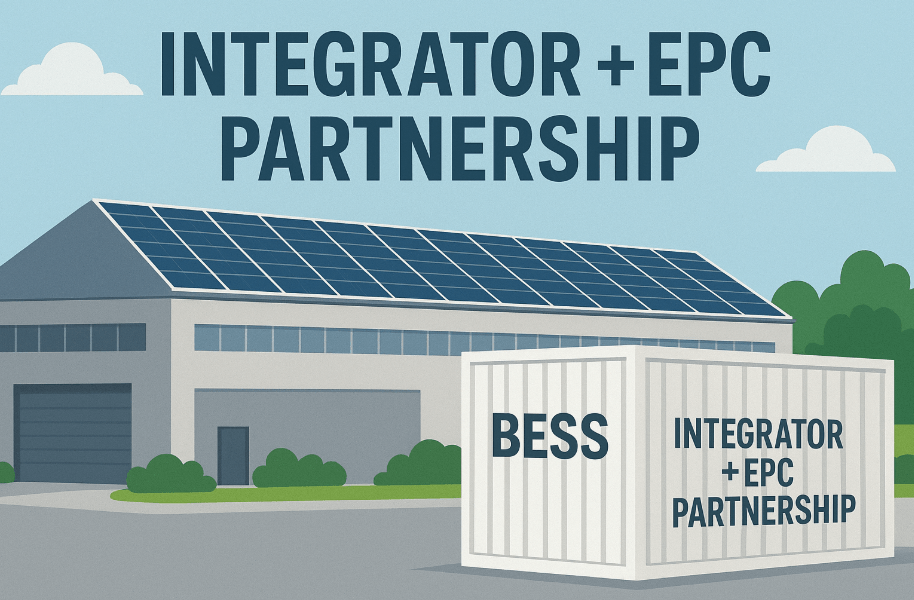
Contractual Models for EPC + Integrator Projects
Turnkey EPC Model
Here, the EPC leads the project and subcontracts BESS integration to a certified partner. This is ideal for large C&I clients seeking single-point accountability.
Joint Venture (JV) or Consortium Model
The EPC and integrator share responsibility for design and delivery. This suits complex hybrid or microgrid systems where each brings distinct expertise.
Owner–Integrator–EPC Triangle
A three-party approach where the project owner directly engages the integrator for battery systems, while the EPC handles site works and interconnection.
Risk and Warranty Allocation
Define warranty scope early — integrators cover battery modules, EMS, and safety controls, while EPCs handle mechanical, electrical, and civil reliability.
Integration Challenges and Mitigation Strategies
Even the best partnerships face technical hurdles. Common challenges include:
- Software communication gaps: mismatched data protocols between EMS and PV controllers
- Grid synchronization delays: unclear responsibilities for grid code compliance
- Documentation mismatches: especially in BIS or UL filing
Mitigation tip: Conduct joint pre-commissioning checklists and digital twin simulations. Using C&I BESS – Commercial and Industrial Battery Energy Storage Systems design references ensures alignment with tested configurations.
Case Example: Commercial Microgrid Deployment
A 1 MWp rooftop solar system paired with a 2 MWh BESS was developed for an industrial warehouse.
- The EPC handled PV system design, transformers, and cabling.
- The battery integrator provided certified LFP-based BESS, integrated EMS, and performed site acceptance testing.
Result:
- 20 % reduction in peak energy demand
- 15 % cost savings in annual electricity bills
- Enhanced resilience during outages through automatic islanding
This collaborative model demonstrates how EPC-integrator alignment drives project success.
Best Practices Checklist for EPCs Partnering with Integrators
✅ Engage the integrator early — ideally at concept design stage.
✅ Verify certifications: UL 9540, UL 1973, IEC 62619, and BIS.
✅ Align all drawings, protection systems, and communication interfaces.
✅ Share a unified documentation package (test reports, wiring diagrams, user manuals).
✅ Perform joint FAT and SAT before energization.
✅ Establish a shared O&M plan with clear escalation channels.
The Future of EPC + Integrator Alliances
As the energy storage market grows in India and globally, hybrid EPC models are becoming standard.
Emerging trends include:
- AI-driven project design tools that auto-size PV + BESS systems
- Digital twin simulations for faster commissioning
- Energy-as-a-Service (EaaS) contracts that extend EPC revenue beyond construction
Collaborations between certified integrators and EPCs will soon define how quickly industrial and commercial facilities adopt clean, resilient energy systems.
Conclusion
EPCs that partner strategically with battery integrators unlock new market segments, minimize risk, and deliver high-performance C&I energy projects.
In a world moving toward smart, decarbonized infrastructure, such collaborations aren’t optional—they’re essential for long-term competitiveness.
Explore related insights:





